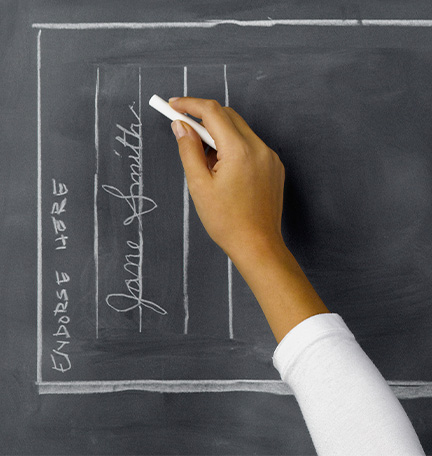If you’re looking for a reliable way to manage your finances, you may want to consider using a prepaid card. A General Purpose Reloadable Card, more commonly called a prepaid card, works much like a debit card in that it can be used at retail stores and ATMs or for online transactions, but doesn’t require a checking account.
Instead, you load funds you want to spend on the card, which helps you stay on budget. Prepaid card providers offer several methods for reloading the card as needed, such as online transfers and mobile remote deposit capture* or at bank branches and retail outlets — via various reload networks and some ATMs.
Jody Wigley, Senior Vice President and Head of Now Banking at Regions Bank, says prepaid cards can be a good way for you to stay on budget because many help to keep you from overspending. “Even in rare cases where you might end up going over what you loaded, many of these cards don’t have overdraft fees, so you can control your finances better,” he adds.
Some cards have check cashing options, which means you can cash a check and load it on the card. Additionally, prepaid cards can be a better alternative to cash because, unlike cash, transactions made through a prepaid card are electronic, making it easier to track purchases and monitor spending. Most prepaid cards also provide access to online or mobile money management tools* to help you create a budget and set savings goals. For example, the Regions Now Card is a reloadable Visa® prepaid card that also provides access to online banking, which allows you to check the balance at your convenience, wherever you are.
“Prepaid cards let consumers track their purchases and balances,” Wigley says. “This can make a big difference for many. Consumers can also set aside a prepaid card for certain expenses such as travel.”
Wigley shares some helpful tips for choosing a prepaid card:
- Learn what you can do to avoid fees, such as enrolling in direct deposit.
- Look for a prepaid card with added convenience features, such as the ability to add to a digital wallet, so you can make purchases with your mobile device. Some also allow you to reload money using a mobile app*. You can save time by making fewer trips to the bank, and you can add money to your card after normal business hours.
- Make sure your prepaid card offers a large ATM network, so you can have access to your funds anywhere. An ATM outside of your network may charge you extra fees.
- Make sure that the funds you load onto the prepaid card are FDIC insured.
- Use your prepaid card for a specific purpose, such as groceries, bills, or clothes, which can help prevent you from making purchases not in your budget.
- Give one to your teen or college student as a way to establish effective money management habits. He or she can learn how to become more fiscally responsible through monitoring and managing his or her spending while at the same time allowing you to oversee the account and load funds to the card. This can be especially helpful if your student is away at school.
Before signing up for a prepaid card, Wigley says it’s important to understand the features and fees associated with the card.
“All cards are not created equal,” Wigley explains. “Look at the fine print to ensure the card has the features and benefits you are looking for, such as fraud protection, and that you are aware of any fees and what you can do to avoid them.”
A prepaid card can help you manage your money more effectively. Learn more ways to save money and manage a budget with Regions Insights.
*Mobile Banking and Regions Mobile Deposit require enrollment in Online Banking and are subject to terms and conditions. Regions Mobile Deposit is subject to fees. Compatible device required. Carrier’s message and data fees may apply.










